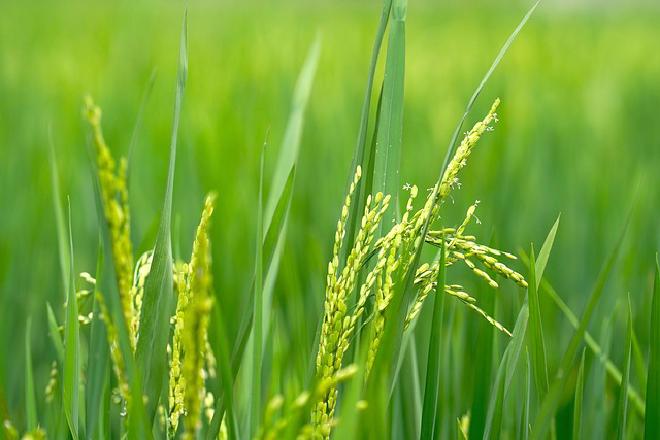

Despite rice being the staple food for more than half of the world’s population, its cultivation remains highly resource-intensive, requiring large amounts of water and chemical fertilizers. Even as environmental concerns pertaining to global food security and climate change continue to mount, there is a growing interest in finding more sustainable ways to grow this essential crop.
Microbes in plant roots are known to play a vital role in helping plants survive. It’s known that plants can survive in poor soils by recruiting helpful microbes and forming symbiotic relationships, but we still don’t fully understand how these microbial communities form and function in real paddy-grown rice.
Now, in a study published in Plant and Cell Physiology, researchers from the Nara Institute of Science and Technology (NAIST) explore how naturally occurring root microbes in rice can support plant growth, potentially reducing the need for synthetic fertilizers.
The research team was led by Professor Yusuke Saijo and included Asahi Adachi, John Jewish Dominguez, Masako Fuji, Yuniar Devi Utami, Sumire Kirita, Shunsuke Imai, Naoaki Ono, and Shigehiko Kanaya from NAIST. Takehiro Kamiya, and Toru Fujiwara from University of Tokyo, Takumi Murakami and Yuichi Hongoh from Tokyo Institute of Technology, Rina Shinjo from Nagoya University, and Kiwamu Minamisawa from Tohoku University, Japan.
To this end, the researchers studied rice (Oryza sativa ssp. japonica) grown in an experimental field that has produced healthy rice crops for over 70 years without the addition of fertilizer or pesticides. They compared the root microbiomes from this field with those from a nearby conventionally fertilized field.
Using 16S rRNA gene sequencing, the team analyzed microbial DNA in the roots of three Japanese rice cultivars (Nipponbare, Hinohikari, and Kinmaze), collecting samples every two to three weeks throughout the growing season, over a span of one to four years.
Furthermore, anaerobic bacteria were more dominant during the early vegetative stage, while aerobic and microaerophilic bacteria became more prevalent during the reproductive and maturation stages, likely reflecting the typical rice cultivation practice of draining water draining the developmental transition time.
Commenting on the possibilities this study opens up, Saijo says, “looking ahead, isolating these beneficial bacteria and utilizing them in customized microbial blends could pave the way for sustainable rice farming.”
- The paper Field Dynamics of the Root Endosphere Microbiome Assembly in Paddy Rice Cultivated under No Fertilizer Input was published in Plant and Cell Physiology journal. Authors: Asahi Adachi, John Jewish Dominguez, Yuniar Devi Utami, Masako Fuji, Sumire Kirita, Shunsuke Imai, Takumi Murakami, Yuichi Hongoh, Rina Shinjo, Takehiro Kamiya, Toru Fujiwara, Kiwamu Minamisawa, Naoaki Ono, Shigehiko Kanaya & Yusuke Saijo

